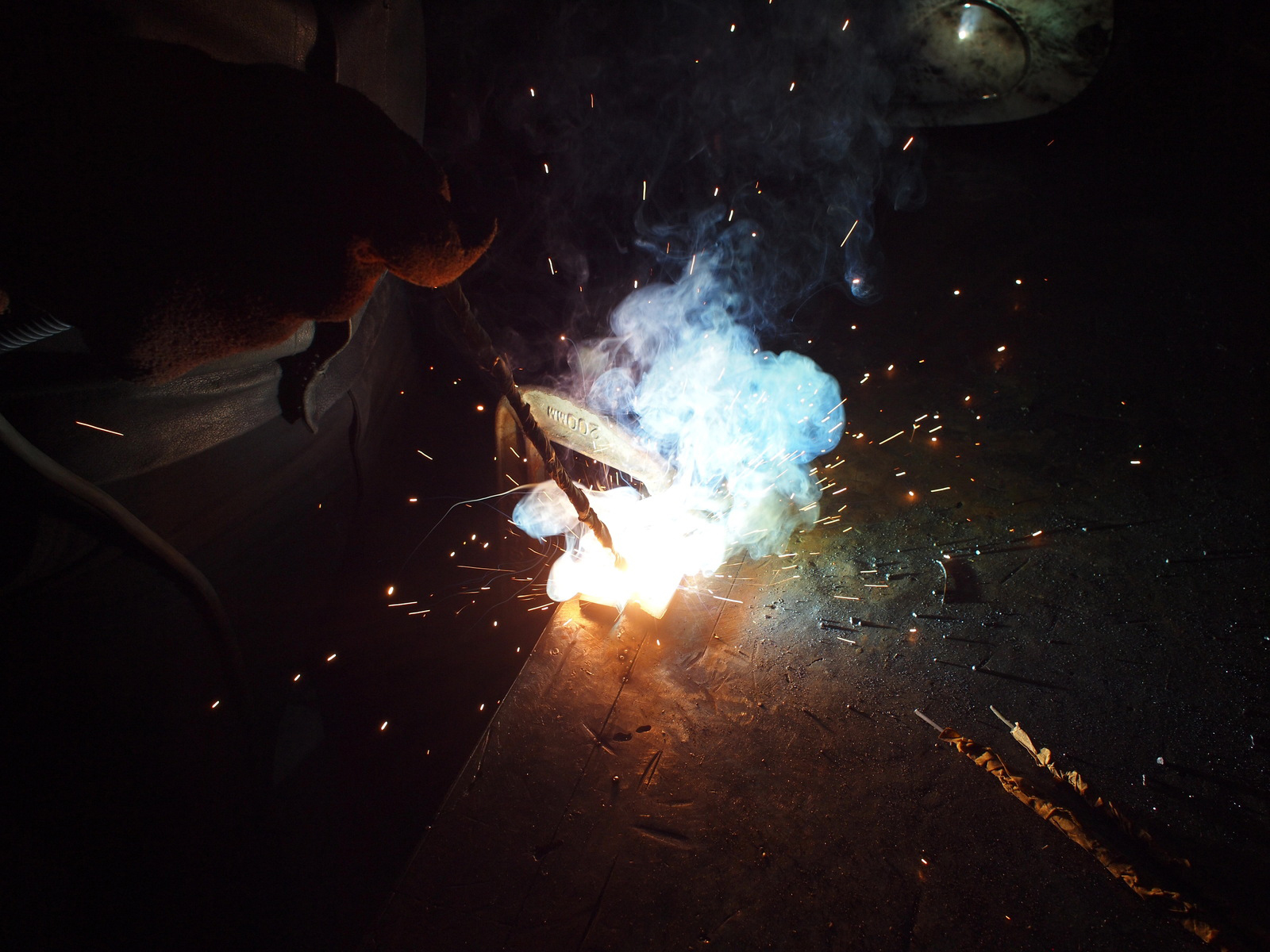There are a bunch of DIY welder articles and how-tos out in the ether, ranging from the super simple, dumb, and brutally effective (3 car batteries wired in series) to the high-tech and fancy (TIG machines from microwave bits, oxyhydrogen torches from split water and plumbing supplies).
It’s safe to say that experienced makers will be fusing metal even if an exceptionally biblical catastrophe were to strike the welding industry. If civilization and supply chains collapse, the anti-zombie fences will still get built, and the Thunderdome will be sturdy and made from steel.
However, all the DIY welders I’ve seen assume that you have access to welding rod. For the less weld-informed, a good, solid weld involves more than melting and fusing metals — the weld zone needs to be free of oxygen, otherwise the normal oxidation of metals that leads to rust, patinas, and discoloration happens at a dizzyingly rapid rate, accelerated by the high heat. This is not just an aesthetic issue — the oxidation happens inside the weld, so instead of a solid metal bond, you get a brittle foam filling.

MAKE Volume 33 features our special Software for Makers section covering apps for circuit board design, 3D design and printing, microcontrollers, and programming for kids. Also, meet our new Arduino-powered Rovera robot and get started with Raspberry Pi. As usual, you’ll also find fascinating makers inside, like the maniacs on our cover, the hackers behind the popular Power Racing Series events at Maker Faire.
Try your hand at 22 great DIY projects, like the Optical Tremolo guitar effects box, "Panjolele" cake-pan ukelele, Wii Nunchuk Mouse, CNC joinery tricks, treat-dispensing cat scratching post, laser-cut flexing wooden books, sake brewing, growing incredibly hot “ghost chili” peppers, and much more.
On newsstands now, by subscription, or available in the Maker Shed







